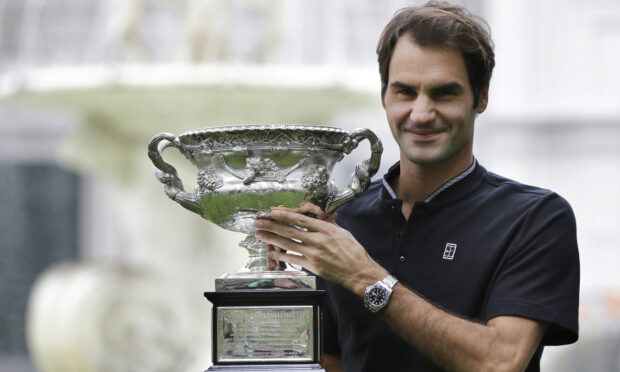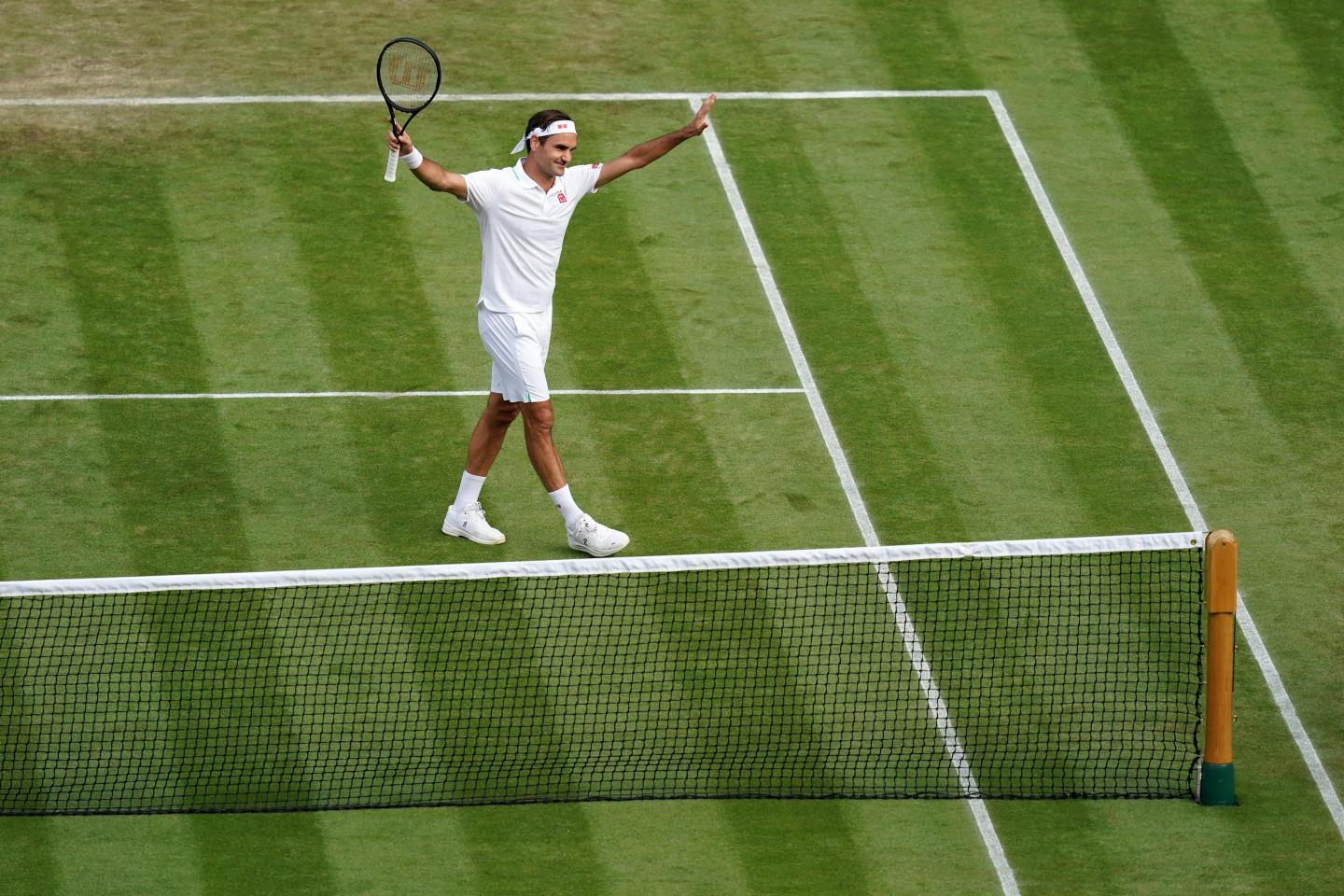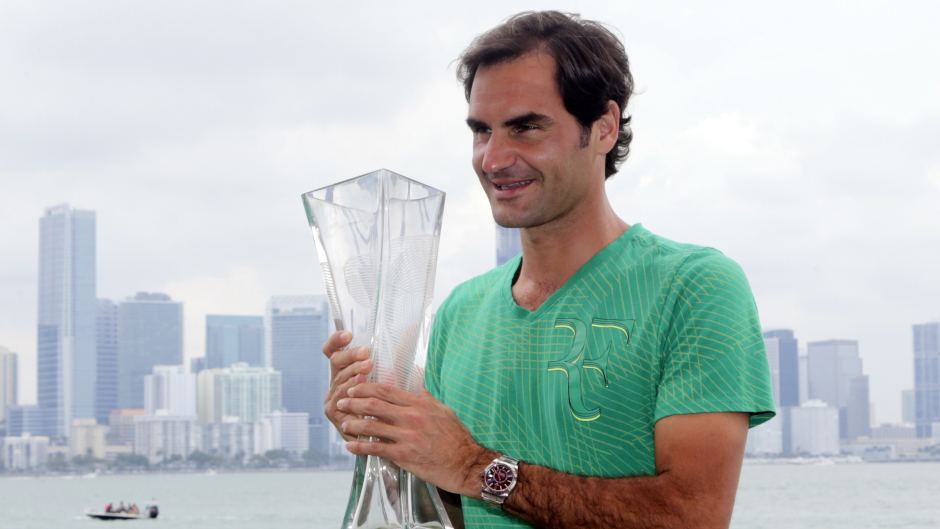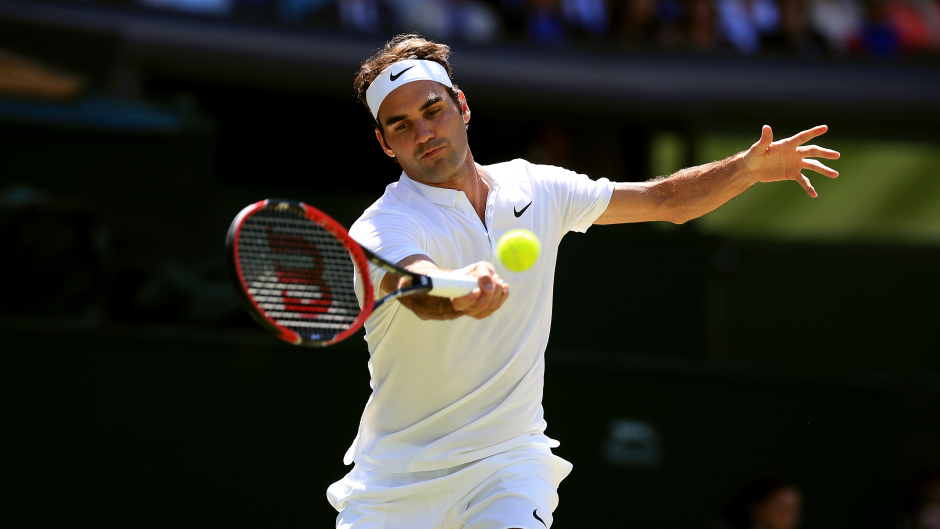There was never any doubt who the crowd were supporting when Roger Federer was in his pomp on a tennis court.
They could always appreciate that this stellar personality oozed charisma, class and command of the realm in which he reigned for so long and, although he has struggled with injury for several years, there was still shock when he announced his retirement from the game he has graced for the last two decades.
At the age of 41, it was predictable that the FedEx Express ran out of aces to deliver, yet it’s impossible to overstate the impact he made in his pursuit and how his achievements inspired everybody around him, including Rafael Nadal, Novak Djokovic and Andy Murray, to up their intensity and training regimes to chase the Swiss maestro.
When I travelled to Wimbledon on the regular basis at the start of the 21st century, some people expressed fears that the men’s game might be withering on the vine.
Pete Sampras may have been an efficient champion with a pitch-perfect serve-and-volley expertise, but it was invariably business first and entertainment a distant second for the metronomic American who dominated proceedings on Centre Court for so long.
By that stage, tennis was crying out for a Tiger Woods or a Sachin Tendulkar, somebody who could bring artistry and mesmerising qualities to the party and Federer was the ideal character to lead the charge. It’s hard now to recall that he struggled in his early forays at the major tournaments, but he did as expectations were piled on his shoulders.
Perhaps any teenager would have been intimidated by such a burden of pressure, but he didn’t let it bother him for too long. I still recall being told by colleagues: “Don’t miss this” at Wimbledon in 2001, when the 19-year-old Federer was pitted against Sampras, the four-time defending champion and all-time Grand Slam leader.
It was a classic encounter, a battle of wills and contrasting techniques, of brute force confronted with exquisite touch and near-miraculous shot-making, and, at the end of an absorbing five-set contest which left even those of us on the sidelines feeling shattered, Federer defeated the No 1 seed to reach the quarter-finals.
Even then, his quest for success in SW19 hit the buffers when he was given the run-around by Tim Henman and eventually succumbed in a four-set tussle which again prompted questions, such as: “How good is he?”
With hindsight, it might seem incredible that somebody with Federer’s myriad qualities would have their credentials queried, but the Williams sisters, Venus and Serena, were sweeping all before them on the women’s circuit. Was there any man who could come close to replicating them?
Well, the next five years answered that in emphatic fashion and demonstrated why Federer’s name is still spoken with reverence by so many of his aficionados.
In 2003, he surged to his maiden Wimbledon success, followed that up with three Grand Slam singles titles in Melbourne, London and New York in 2004, added another brace in 2005, and achieved his greatest-ever campaign in 2006 with three more Slams and a final appearance against Nadal in Paris, which was the only time he was thwarted.
History repeated itself the following year when Federer seized three of the Majors and, once again, only fell slightly short against Nadal on clay, but just look at these statistics – a little matter of 12 titles in five seasons as if to cement his superiority over his rivals and a reminder that here was a player who had everything in his repertoire.
As the prizes mounted, a few slivers of his personality emerged. We were told, to our astonishment, that as a youngster, Federer had been a bratty pain.
He said: “When I was 12 years old, I was just horrible. My parents were ashamed to watch my matches. I would play on a court at the local club and they would watch from the balcony.
“They would scream: ‘Be quiet’ to me, and I would scream back: ‘Go and have a drink. Leave me alone.’ Then we would drive home in a very quiet car. No one speaking.”
Yet, by the stage he was at the summit of the global rankings, such tantrums had vanished. He was in control, gliding and glistening through situations where he was being challenged and usually finishing up with victory.
Mentally, he was unbeatable. Physically, he never once retired from a match in his whole career. And, in terms of his ability to pounce and feast on opponents’ weak spots, he was as ruthless as Rambo.
He said, in describing his attitude to toiling flat out behind the scenes: “Tennis can be a very frustrating sport. There is no way around the hard work. Embrace it. You have to put in the hours because there is always something you can improve.
“You have to put in a lot of sacrifice and effort for sometimes little reward, but you have to know that, if you put in the right effort, the reward will come.”
He not only gained due recognition, but others followed his lead. One suspects that Nadal will also announce his retirement in the next 12 months and Djokovic and Murray are far nearer the end than the beginning of their tennis lives.
But what a glorious generation it has been in the tennis firmament. Something for us all to cherish and marvel at.
And none of it would have happened without Roger Federer.




